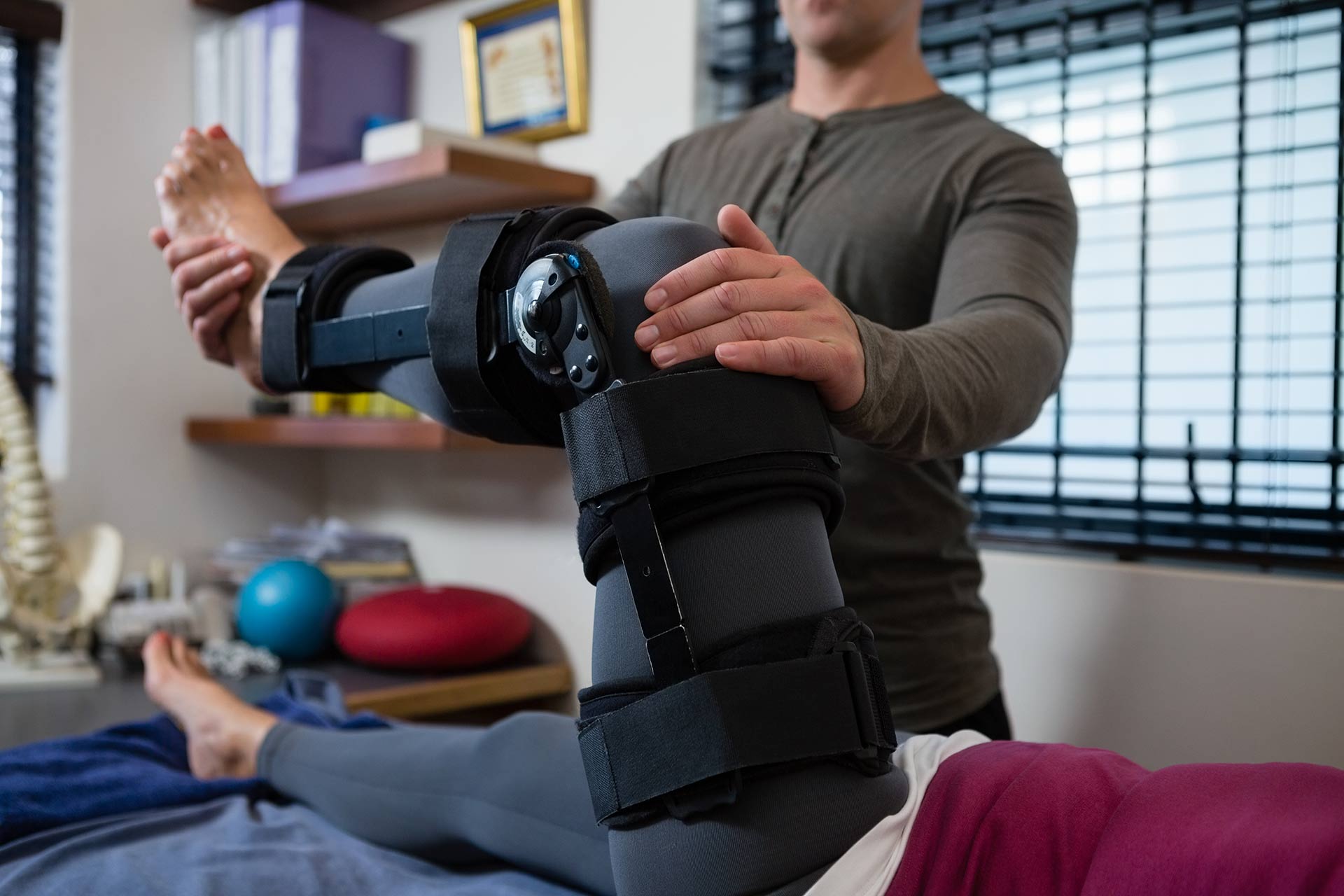Dry Needling
Dry Needling (DN)
is a skilled intervention performed by certified healthcare professionals. It is the insertion of fine filiform needles into the body to treat a variety of neuromusculoskeletal conditions. This includes both acute and chronic conditions such as muscle strains, tendonitis, tendinopathy, trigger points, headaches, sciatica, plantar fasciitis, and low and neck pain. It has been shown to reduce local and referred pain, improve range of motion, and enhance recovery. Dry needling is safe and the most common side effects are muscle soreness and mild bruising. With Symmetry Sports LLC
you will receive exceptional care. Book your appointment today.





